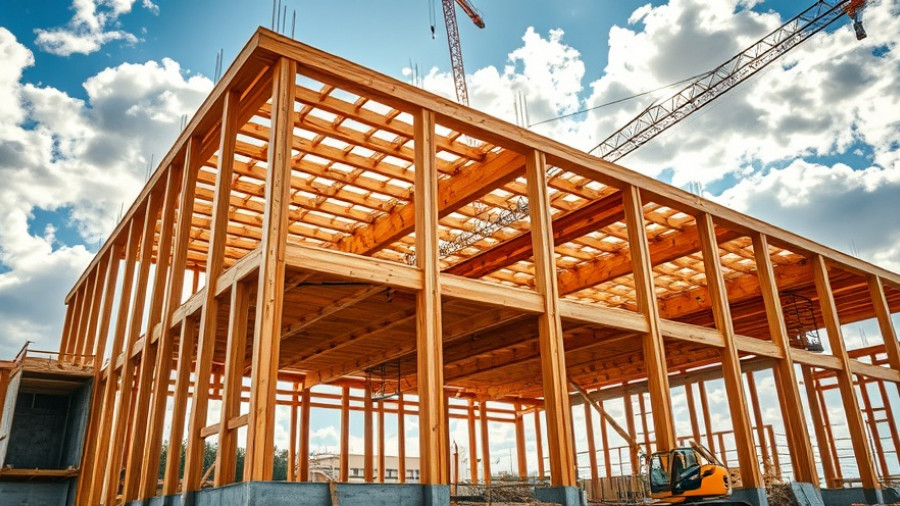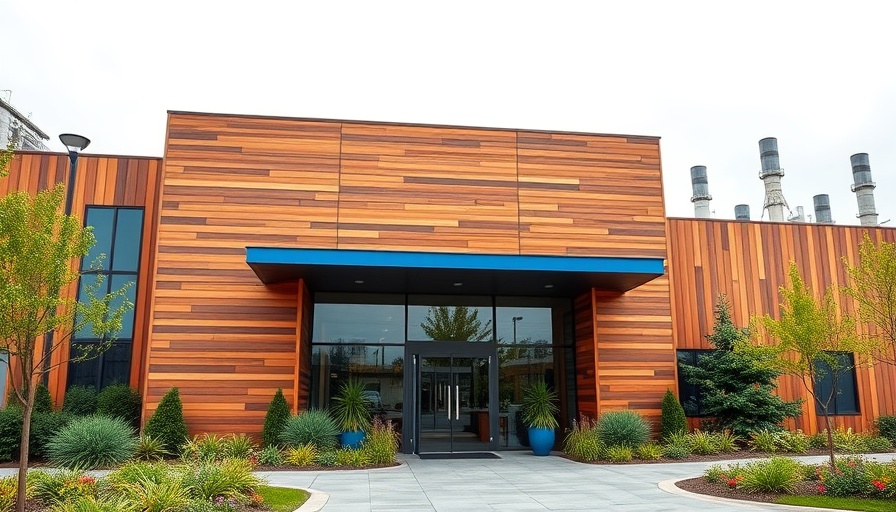
Understanding Joint Ventures in Construction
Joint ventures (JVs) are increasingly becoming a staple in the construction industry, enabling firms to pool their resources and expertise to tackle ambitious and complex projects. Recent high-profile projects, such as the $2.1 billion Buffalo Bills stadium in New York and the $668 million G Line busway overhaul in Los Angeles, exemplify the growing reliance on this collaborative approach. Industry experts, like Mason Hester, an attorney from Munsch Hardt, assert that with the scale of construction projects steadily increasing, JVs allow companies to combine bonding capacities, technical know-how, and workforce strength which is essential for meeting the demands of modern construction.
The Importance of Clear Contractual Agreements
Despite the advantages of joint ventures, the legal landscape remains complex. Clear and well-defined contracts are crucial for the success of JVs, as vague agreements can lead to disputes and costly litigation, deterring potential financial gains. For instance, according to Hester's observations, a lack of clarity in contract language can result in misunderstandings regarding roles and responsibilities, highlighting the importance of precise legal wording to establish expectations from the outset.
Legal Strategies to Mitigate Risks
Contractors can adopt several strategies to mitigate risks associated with joint ventures. Firstly, involving legal experts during the drafting phase can ensure that all contractual elements are detailed and comprehensible. Secondly, establishing a clear communication protocol among partners can minimize conflicts and enhance collaboration. These proactive measures not only safeguard against legal challenges but also foster a culture of cooperation that can lead to project success.
The Economic Rationale Behind Joint Ventures
From a financial perspective, JVs allow companies to distribute risk and share financial burdens. This is particularly advantageous in high-stakes projects requiring significant investment and surety. By collaborating, companies can achieve bidding competitiveness that would otherwise be unattainable individually. Additionally, joint ventures can facilitate faster completion of projects, which, in turn, can contribute to better cash flow and return on investment for all stakeholders involved.
Adapting to the Evolving Construction Landscape
As the construction industry continues to evolve with technological advancements and heightened sustainability standards, the flexibility of joint ventures presents an adaptive solution for firms looking to thrive. By forming strategic partnerships, construction businesses can engage in innovative practices and deliver projects that meet the changing demands of their respective markets. The ability to leverage diverse expertise and resources, especially in construction technology, places joint ventures at the forefront of industry advancements.
Final Thoughts: Making Informed Decisions
For business owners and executives contemplating joint ventures, understanding the intricacies involved is essential. By investing time in drafting well-structured contracts and fostering open communication among JV partners, companies can reap the benefits of collective expertise while minimizing risks. With the increasing complexity of construction projects, the strategic use of joint ventures may very well become the norm rather than the exception.
With a clear understanding of how to navigate potential pitfalls, industry players can better prepare for future challenges and opportunities in the construction landscape. For those interested in exploring joint ventures further, consider seeking specialized legal advice to ensure your collaborations are built on a solid foundation. The right preparations can make the difference between a successful project and a costly misstep.
 Add Row
Add Row  Add
Add 




Write A Comment